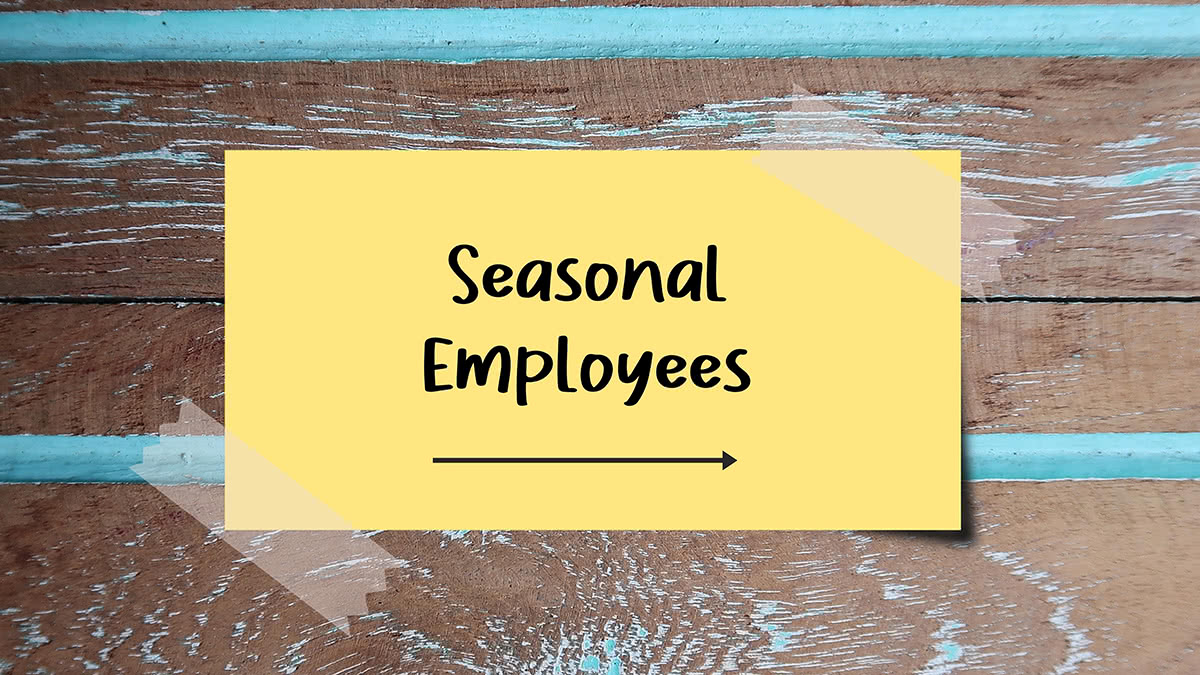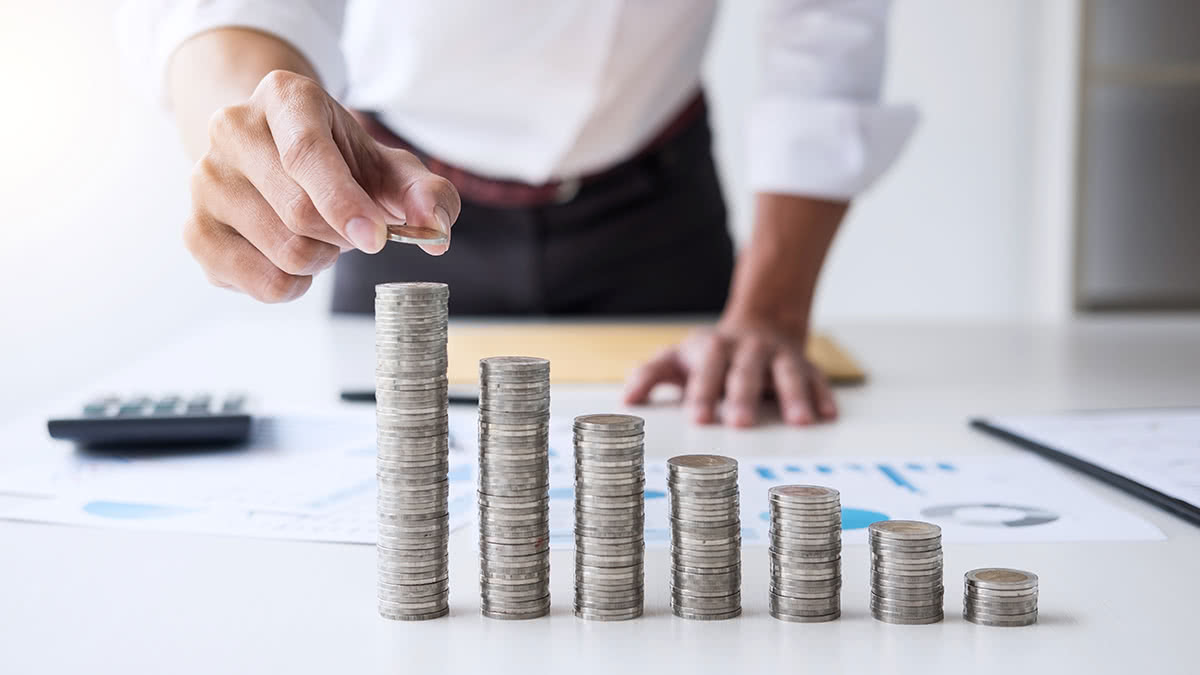Seven Steps for Getting ahead of Holiday Hiring

Holiday shopping is on the upswing, and expected to continue that trend: End-of-year sales in 2023 rose 3.8 percent over 2022 receipts to $964.4 billion, according to U.S. Census Bureau data compiled by the National Retail Federation. Are you ready?
You don't need to be a brick-and-mortal retailer or restauranteur to be thinking about holiday staffing, either. The continuing surge in online holiday shopping that gets well into gear by Black Friday calls for more hands on-deck, whether they're in the warehouse, on the phone, or at the keyboard. Beyond the retail and hospitality industries, every business from catering operations to pet sitters may need temporary help to meet customer demand.
Short-term employment comes with challenges.
Hiring seasonal help calls for careful planning. First you need to recruit qualified people. Then there's the process of refining and condensing training and onboarding processes to accommodate a shorter timeframe. Who's going to handle these tasks, and how much time will it take?
How to make seasonal hiring easier.
Consider getting started right after Labor Day to get your workplace ahead of holiday staffing. When you think about recruiting interviewing, and training, you'll need those 8 to 10 weeks to make the right choices and get your scheduling in place.
1. Assess your people-power needs.
Review last year's holiday revenue and costs to forecast your future plans.
How much did your business income jump between Thanksgiving and New Year's Day?
How much overtime, paid or otherwise, were your permanent employees logging in?
Are you planning any promotions or special events? Emarketer.com forecasts an increased interest in personalized offers and in-store (versus online) promotions.
2. Get creative with recruiting.
Employees, customers, and local community contacts are all great referral sources. Encourage recommendations by offering incentives, such as time off or a referral bonus to current employees who refer successful job candidates.
3. Get specific.
Post job listings on popular online job boards, local community websites, and social media platforms. And don't forget to solicit retirees. Their pool of experienced, responsible workers who might be looking for some extra income during the holiday season.
4. Sweeten the deal with benefits.
Flexible schedules, employee discounts, and bonuses are all ways to incentivize temporary workers. You could even create a path to a permanent position or continued temporary employment on an as-needed basis.
5. Streamline your interviewing.
Compile a standard list of questions and a procedure to keep interviews short and sweet. Using Zoom or Facetime lets you talk with students who are still away at school. Group interviews are another way to save time and effort.
6. Fine tune your training.
Offer hands-on training sessions and provide access to training materials and resources. Consider creating a video about your company's policies and procedures, if you don't already have one. Think about training new hires in multiple areas, for maximum versatility.
7. Offer feedback.
Evaluate seasonal staff performance and solicit feedback on their work from permanent employees and loyal customers. You may also want to consider having exit interviews with each seasonal hire, as Indeed suggests, to get some feedback for your future holiday hiring. Address any issues promptly and recognize outstanding performance to boost morale and productivity.
You may find that seasonal hiring takes as much time and effort as recruiting permanent employees. But if you approach it with a thoughtful and efficient plan, you'll find it's more than worth the time and effort.
Since 2008, Fora Financial has distributed $4 billion to 55,000 businesses. Click here or call (877) 419-3568 for more information on how Fora Financial's working capital solutions can help your business thrive.






